The History of the Interislander Ferry
The Interislander has become an iconic Kiwi symbol here in New Zealand, shipping thousands of people between Wellington and Picton every single day. But where did our favourite NZ ferry come from?
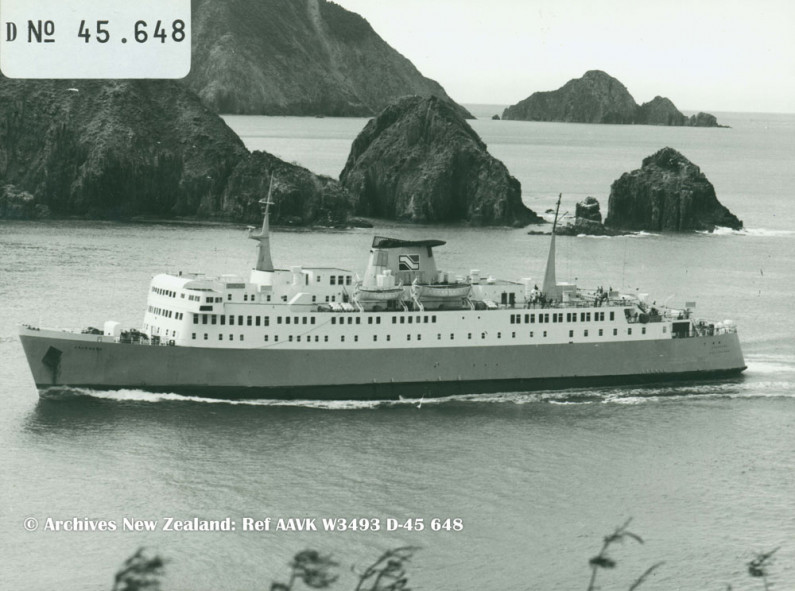
The Interislander has become an iconic Kiwi symbol here in New Zealand, shipping thousands of people between Wellington and Picton every single day. But where did our favourite NZ ferry come from? When did it launch? And how has it got to where it is today? Step aboard and let us take you on a journey through the history of the Cook Strait ferry.

The birth of the Interislander ferry
The passenger service connecting Wellington and Picton dates all the way back to 1875. Operated by an organisation called the Union Steamship Company of New Zealand, this weekly service continued until 1962 when, despite an offer of a $3 million loan from the Government, they withdrew their ageing ship, Tamahine. From there, the Government decided the service would be taken over by the Railways department, and an order was placed for a new ship. That ship was called ‘Aramoana’ and on 13 August 1962, it set off on its maiden journey. This is the date recognised as the birth of the Interislander ferry service.
As New Zealand’s first ‘Roll on, roll off’ ferry, freight could stay in the same wagon for the whole journey instead of having to be unloaded and reloaded between rail and ship. As you can imagine, this made an immediate impact, saving valuable time and money. In contrast to the Tamahine, which in its last year of service carried 60,000 passengers, 11,000 cars and 14,000 tonnes of cargo, the Aramoana’s first year saw 207,000 passengers, 46,000 cars and 181,000 tonnes of cargo transported between Wellington and Picton. It was clear they were onto something.
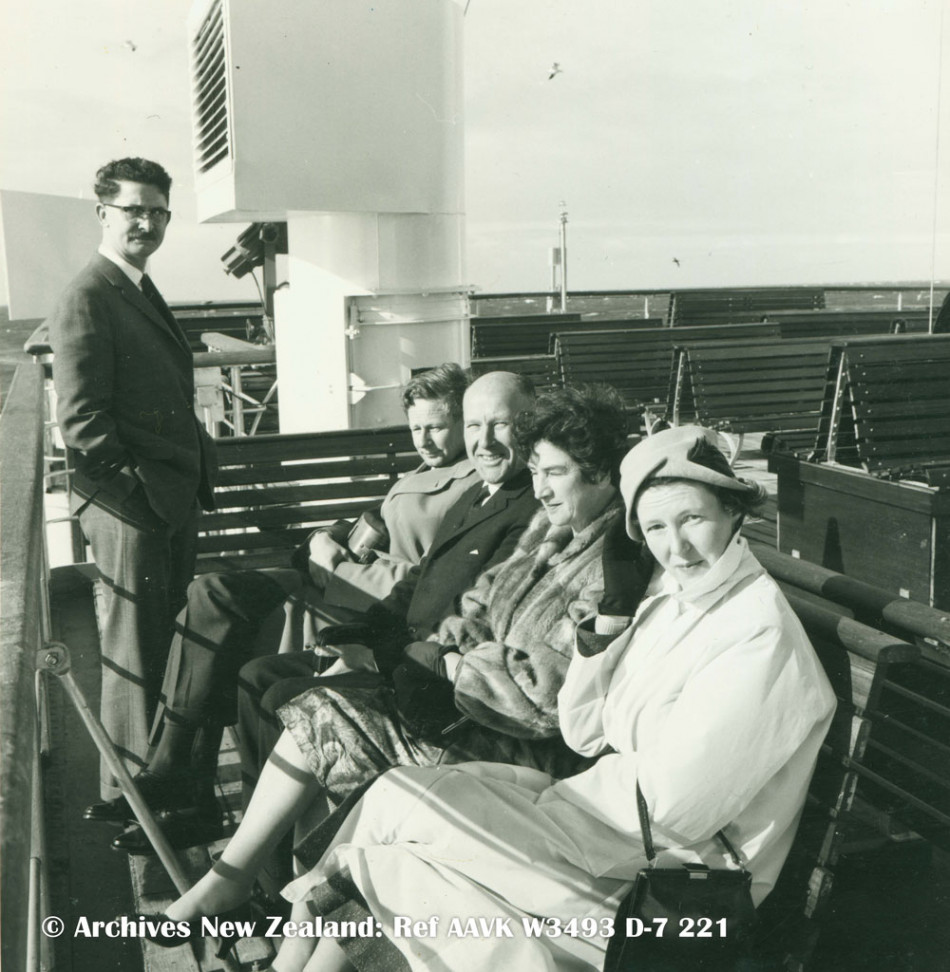
Bridging the gap between Wellington and Picton
With demand growing year on year, just one ferry wouldn’t cut it for much longer. So in 1966, the service introduced the similar but slightly larger Aranui, followed by Arahanga in 1972 and Aratika in 1974. Then in 1985 as it became clear Aramoana was approaching the end of its economic life, it was replaced with the faster Arahua – which instantly knocked 20 minutes off the Cook Strait travel time.
From there, the most effective way to meet growing demand was to increase the frequency of trips. Having previously only made one voyage per day, leaving Wellington at 10 am and Picton at 2.20pm, the service kept upping the frequency, until, in 2003, it was doing three crossings a day.
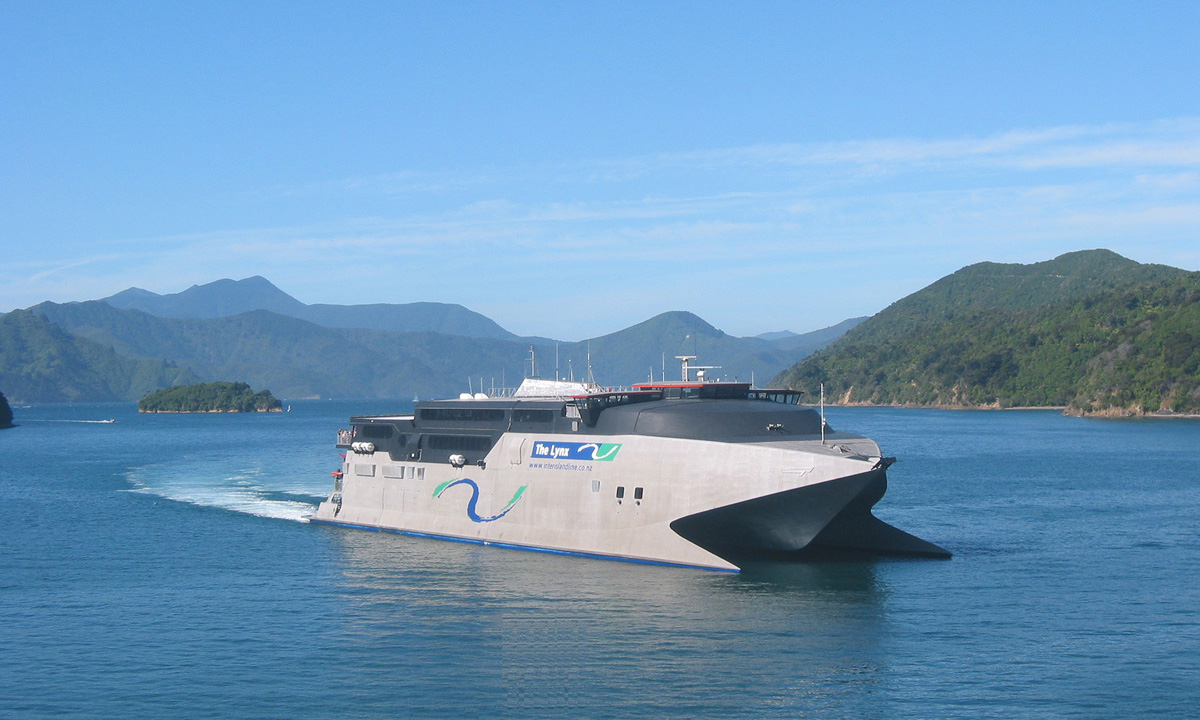
Crossing the Cook Strait on the Vomit Comet
Not the nicest name for a ferry, but the Vomit Comet was a nickname sometimes given to the Interislander’s fast ferry service, The Lynx by those with not so sturdy sea legs! Travelling at 37-knot speeds though the choppy Cook Strait, the ride was a little bumpy and had some reaching for the bucket.
The Vomit Comet came about in response to competition from Christchurch Businessman, Brooke McKenzie who firmly believed people would prefer to zip across the strait in less time than the traditional ferry. The Interisland Line chartered the 37-knot HSC Condor 10 to operate this speedy service across the strait for the 1994/95 summer. And with the ability to half the travel time from Wellington to Picton, it was initially well-received. The Condor 10 returned to serve as The Lynx every summer until 1999 when it was replaced by the HSC Condor Vitesse for the 1999/2000 summer which clocked up to 41-knots. A year-round service began in 2000 with HSC Normandie Express, which was replaced in 2003 by HSC Incat 046. However, the Vomit Comet was living on borrowed time. These large catamarans use copious amounts of fuel, which resulted in large financial losses. Not only that, but their powerful jet streams were bad for the environment. So in 1994, speed restrictions were imposed in Wellington harbour to reduce wash and protect ships berthed at Aotea Quay. By 2002, The Lynx took 2 hours 15 minutes to complete its journey, which was only a 45-minute advantage over the Arahura and Aratere. Add to that the fact that The Lynx’s 4-metre swell restrictions meant regular cancellations; it’s time was up. The Interisland Line officially waved goodbye to The Lynx in 2005.
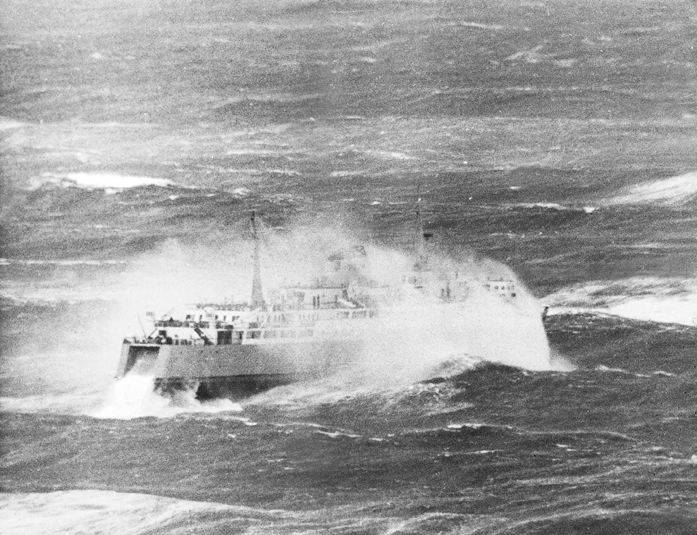
Cruising the Cook Strait isn’t always straightforward
What comes to mind when you think of sailing over the Cook Strait on the Interislander ferry? Blue skies? Smooth waters? Dolphins frolicking in the background? Thankfully, a lot of time this is exactly what Mother Nature serves up. But not always. From time to time, she really likes to put our crew to the test. And there are not many more testing stretches of water in the world than the Cook Strait.
It’s part of the westerly wind belt known as the Roaring Forties. And as the only gap between the mountainous main islands of the country, the strait becomes one giant wind tunnel. Former Captain of the Aratika, John Mansell, explains:
“The strait has a bad reputation because the wind can change so quickly. A southerly gale can blow up a big swell very quickly, and then you will be heading straight into the seas when you leave the sounds. That’s when you have a rough trip. You get this patch of unnatural water called the Karori Rip, where the wind and seas meet the tide head-on."
While experience, education and technology mean Captains and crews are better equipped to handle the treacherous conditions today, the Cook Strait is home to two of the worst maritime disasters in the history of our country - the 1909 Penguin disaster and the 1968 sinking of the Wellington–Lyttelton ferry, Wahine.
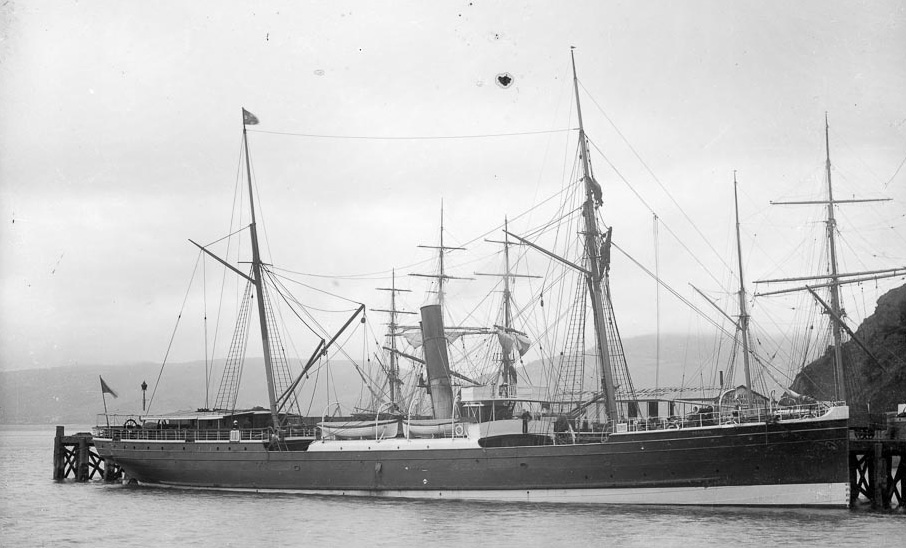
On 12 February 1909, the Union Steam Ship Company passenger steamer Penguin left Picton for Wellington in fine weather. But as they reached the Cook Strait, conditions quickly deteriorated, and when the weather closed in, familiar landmarks soon disappeared. And when Captain Francis Naylor changed course to steer clear of danger, the ship struck rocks and began to sink in heavy seas. Devastatingly, only 30 of the 102 passengers on board survived.
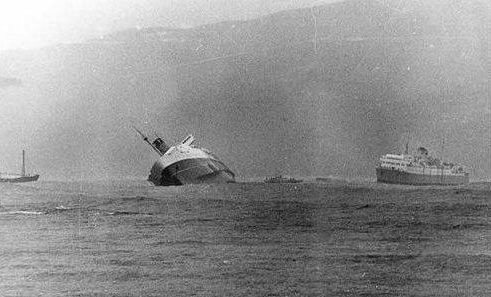
Equally tragic was the 1968 sinking of Wahine. Despite storm warnings being issued, Captain H.G.Robertson decided it was safe to sail for Wellington, completely unaware that the Wahine was about to sail into one of the worst storms ever recorded in New Zealand. The ship reached Cook Strait as tropical cyclone Giselle swept south and collided with a southerly front. The combination of warm tropical air and cold air dragged up from Antarctica produced exceptionally violent turbulence. By the time the ship reached Wellington Harbour, it was battling winds of over 100 knots and constantly being rocked by huge waves. Events worsened as the vessel reversed onto a reef knocking off a propeller and causing an engine to stop. Despite dropping anchor, the Wahine began to drift and eventually began to list heavily. The call to abandon ship was made at 1:30 pm.
Our very own Aramoana, which was berthed at Wellington at the time, powered up the engines and set out to help. But by the time she arrived at the scene, the Wahine had capsized, with passengers drifting towards the Eastbourne rocks. Aramoana’s height from the water made rescues difficult, plus passengers that did manage to grab hold of a ladder found themselves too weak to climb them. And while the Aramoana and her lifeboats undoubtedly saved lives that day, the late Ray Munro, Manager of the Interislander at the time, wonders if they could’ve saved even more, had they been engaged earlier. He wrote, “I cannot help but wonder whether Aramoana would have been able to save Wahine had she been called earlier.”
Claiming 53 lives in total, the Wahine maritime disaster is one of the worst in New Zealand’s history. But determined to turn tragedy into something positive was New Zealander, Peter Button. On that day, Peter was helplessly standing on the beach watching passengers drown when he thought, ‘there must be a better way’. And there certainly was. He learnt how to fly a helicopter, and then went on to launch Life Flight, which is now one of New Zealand’s leading air rescue operations. They’ve saved over 30,000 lives since their inception, thanks to the dedication of their staff and the supporters that keep them in the sky. The Interislander is proud to be one of those supporters and partner with Life Flight in saving lives.

Pelorus Jack – a guide for NZ Ferries
Look at any Interislander Ferry and you’ll see our logo proudly displayed on the side of the ship. But the playful dolphin jumping through waves is more than just a nice design cue - it’s inspired by a Risso’s dolphin called Pelorus Jack, who used to guide ships through rough stretches of water in the Cook Strait.
First spotted in 1888 by crew members on the Schooner, Brindle, Jack was lucky to see another day. The men wanted to kill the white and grey dolphin. However, their wives talked them out of it. So you can imagine their surprise when Jack went on to guide them through the narrow channel at French Pass. And he enjoyed himself, as for the next 24 years, he did the same thing for almost every ship that came past. Famous for its rocks and strong currents, the French Pass is dangerous sailing for ships. But amazingly, not one shipwreck occurred under Jack’s guidance. Coincidence? Surely not.
Last seen in April 1912, there’s lots of debate as to what happened to Jack. Some fear that he was harpooned by foreign whalers. However, the more likely scenario is that he died from natural causes, as research suggests he was an older dolphin.
Pelorus Jack is one of New Zealand’s great historical stories – and we’re proud to have honoured his memory on our logo since 1989.
Fun facts about the Interislander Ferry
Recognised as one of the world’s most beautiful ferry journeys, the Interislander has been helping Kiwis and tourists get between Wellington and Picton for over 50 years. It hasn’t all being plain sailing, but it’s cemented its place in New Zealand history and is still going strong today. Here are a few fun facts about the Interislander you might not know:
- Between our three ferries, we’ve done nearly 300,000 trips, carrying over 40 million passengers.
- Each year, the Interislander makes 3,500 trips and carries 825,000 passengers, 52,000 rail wagons, 21,000 trucks and 250,000 cars.
- In 2008, Interislander was featured as the ‘I’ on the 'A to Z of New Zealand' stamp series.
- In 2017, a Wellington edition of Monopoly was created, and Interislander was one of the utility companies.

